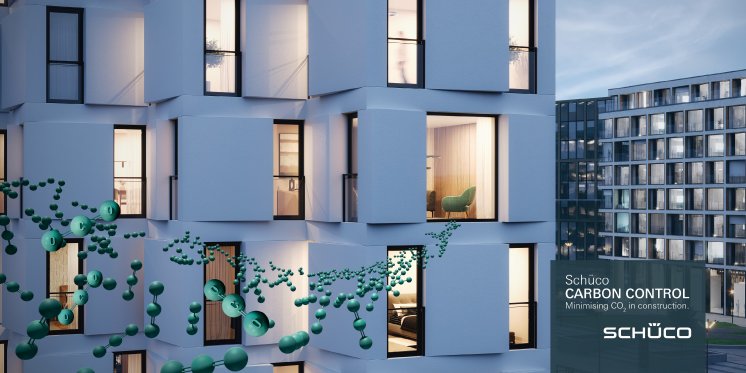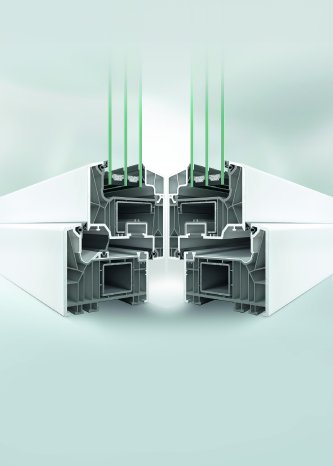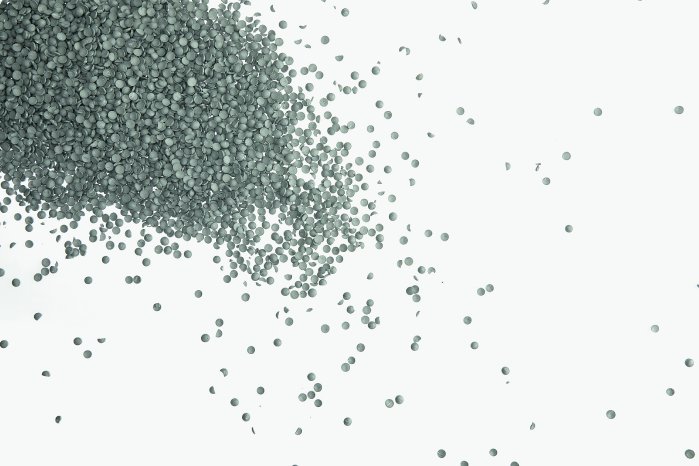To achieve the Paris climate targets and the goals of the European Green Deal, the construction industry is facing major changes. Together with the industry and the transport sector, buildings are among the largest contributors to greenhouse gas emissions. The motivation of construction professionals to improve the carbon footprint of buildings is being reinforced by political regulations, the requirements of clients as well as demanding certification systems. To find the best individual solution for each project, the systems provider Schüco has developed the modular Carbon Control range for the building envelope. It enables architects, fabricators, operators and investors to have a positive impact on the CO2 value over the entire lifecycle of a building. The critical measured value here is the GWP value, which is expressed as CO2 equivalent (CO2e). The GWP value stands for the global warming potential of a material and considers this holistically, over the course of its life. This principle also forms the basis of Carbon Control, which is divided into the four stages in the lifecycle of a building: "Plan to Decarb", "Build to Decarb", "Operate to Decarb" and "Recycle to Decarb". For each stage, the range offers suitable solutions for reducing carbon dioxide – in relation to the building envelope. Schüco Carbon Control Consulting is available to provide you with personalised advice.
PVC-U profiles containing recycled material
With its further developed PVC-U portfolio, Schüco is now expanding its modular Carbon Control range to include other components that will ensure an improved CO2 balance, especially in the residential sector. The company will gradually increase the proportion of recycled material in its PVC-U profiles, for example, and already provides fabricators with a choice between different material options. As standard, around 36 percent of PVC-U profiles are already made using recycled material, with the recycled content varying between 25 and 75 percent. The standard profiles that we supply already meet most building certification requirements. Those who only want to purchase profiles with a guaranteed recycled content to meet special certification requirements can also opt for Recycelt-PVC-U profiles, which each contain between 25 and 75 percent recycled material – depending on the profile geometry. These two material options are currently available for the Schüco LivIng series and will be gradually extended to other systems.
PVC-U profiles containing bio-attributed PVC-U from tall oil
The company is pursuing yet another measure to decarbonise Schüco PVC-U systems with the introduction of PVC-U made from renewable raw materials. This new material option enables partner companies to meet the DGNB certification requirements for quality level 4. In PVC-U production, crude oil is replaced by tall oil, which is a by-product of paper production. It is a renewable raw material from pine trees that does not compete with the food chain. Compared to primary PVC-U made from crude oil, PVC-U made from tall oil saves up to 90 percent CO2 in the manufacturing process. PVC-U made from tall oil has the same properties and material benefits as conventional PVC-U, except that its polymer matrix consists of 100 percent plant-based raw materials. The PVC-U is integrated into the existing supply chains and production processes and can therefore also be combined with the standard profiles that we supply or Recycelt-PVC-U on a case-by-case basis. For each profile delivery, Schüco partner companies receive a certificate detailing the proportion of bio-attributed PVC-U and the corresponding CO2 savings. The process is RSB and ISCC PLUS certified, which means that the raw materials can be traced along the entire supply chain from the tall oil producer to the company's own production facility in Weißenfels, which is verified annually by means of an external certification process. Bio-attributed PVC-U is available for all Schüco PVC-U systems.
Improving the CO2 balance with the PVC-U GWP assistant
Fabricators can determine how the various PVC-U material options affect the GWP value using the handy PVC-U GWP assistant for PVC-U systems. Depending on the material design, GWP values of between 0.76 and 2.30 kg CO2e per tonne of PVC-U material can already be achieved. By further increasing the proportion of recycled material and using bio-attributed PVC-U, these values will improve even further. Indicators such as thermal insulation, profile sizes, surface finishes, fittings and reinforcement options are also taken into account when calculating the GWP value for the entire unit.
Durability and recyclability
To keep PVC-U windows, doors and sliding doors functional for as long as possible before being dismantled, Schüco has been offering the necessary spare parts for many years, even for older systems. Thanks to the practical IoF ID (Internet of Façades), the maintenance history as well as all of the information about the unit are recorded and stored in digital format. This makes it easier to operate, carry out any possible repairs and dismantle the building. When the building is finally dismantled or old windows are replaced during a renovation, Schüco recycles the materials as a one-stop shop thanks to the RE:CORE joint venture, which was founded back in 2022 together with the recycling specialists at Remondis. This means that old windows can be removed and recycled by RE:CORE before being turned into new profiles by Schüco. Together with these and our other products and services, Carbon Control is the perfect all-round package for any job to improve the CO2 balance of a building over the course of its life.





